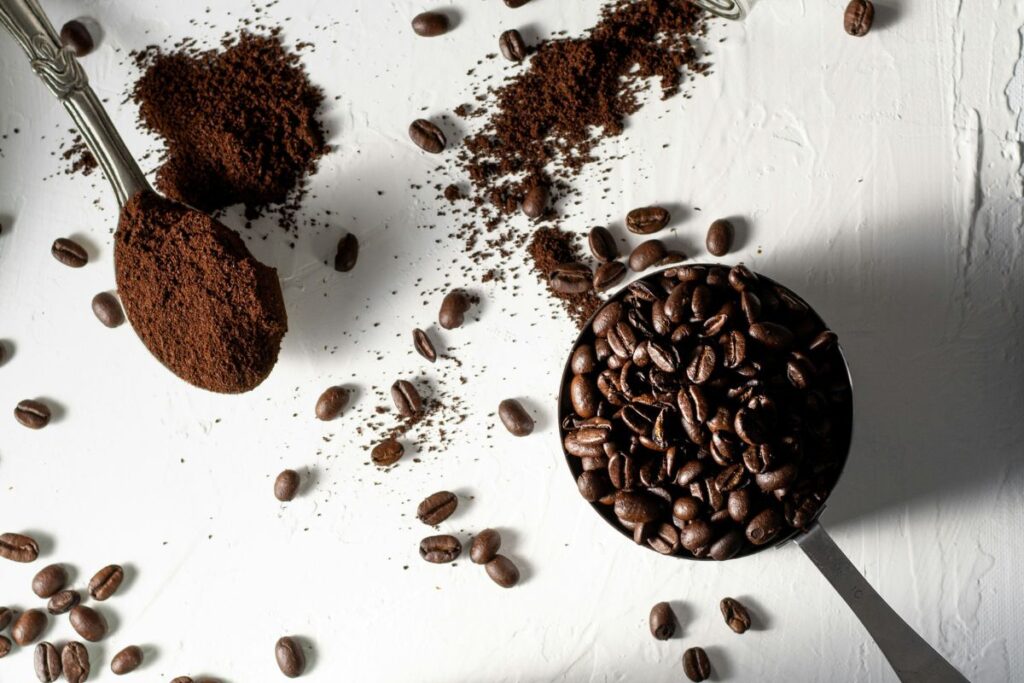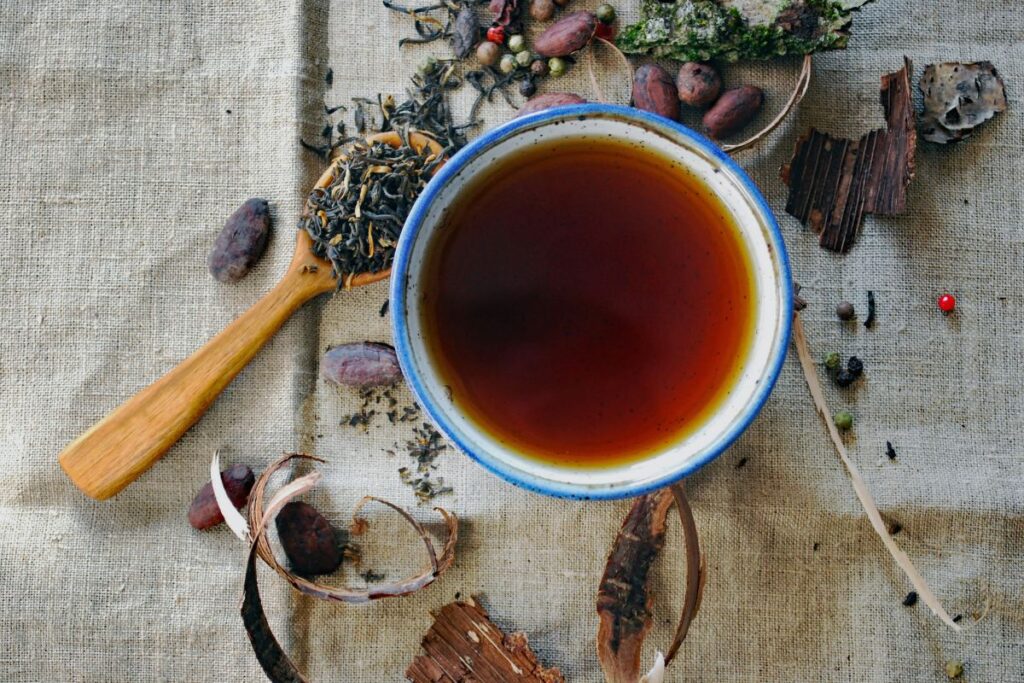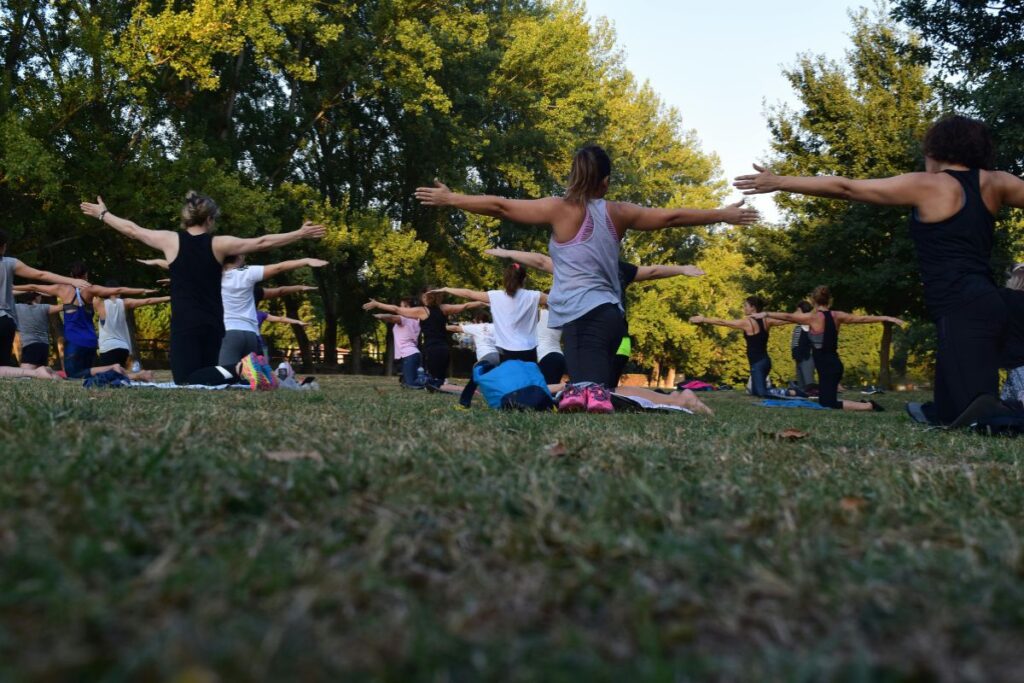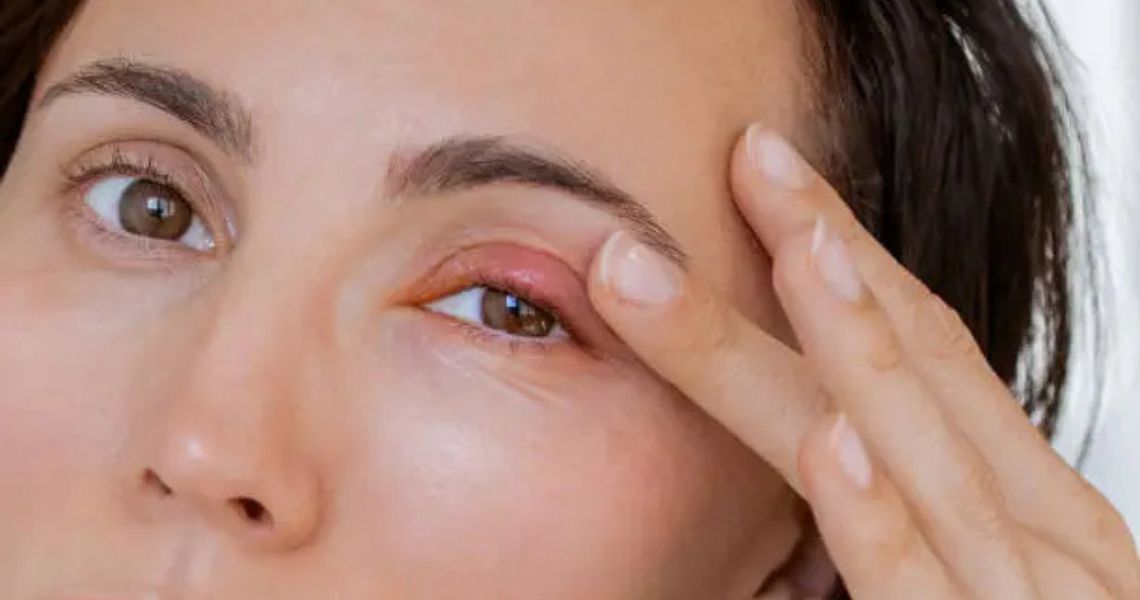Caffeine, a prevalent stimulant found in coffee, tea, soft drinks, energy drinks, and some medications, can provide a temporary energy boost. However, over-reliance on caffeine can result in health issues such as sleep disturbances, increased anxiety, and dependence.
To remove caffeine from your diet can enhance sleep quality, reduce anxiety, and improve overall health. Here’s a comprehensive guide to help you transition smoothly to a caffeine-free lifestyle.
1. Understand Your Caffeine Intake
Before eliminating caffeine, it’s essential to understand how much you’re consuming. Track your weekly intake by noting all sources of caffeine you consume, including coffee, tea, sodas, energy drinks, chocolate, and medications. This awareness will help you plan your reduction strategy more effectively.

2. Gradual Reduction
To remove caffeine abruptly can lead to withdrawal symptoms such as headaches, fatigue, irritability, and difficulty concentrating. To minimize these effects, gradually reduce your caffeine intake.
- Decrease Daily Intake: Reduce the amount of caffeine you consume each day by a small amount. For instance, if you drink four cups of coffee daily, cut back to three cups for a few days, then to two, and so on.
- Dilute Your Drinks: Mix regular coffee with decaf, or make your tea weaker by steeping it for a shorter time. Gradually increase the ratio of decaf to regular coffee.
- Switch to Smaller Portions: Opt for a smaller cup instead of a large cup. This approach helps reduce your overall caffeine consumption.
3. Find Alternatives

Replacing caffeinated beverages with non-caffeinated alternatives can help satisfy your cravings without the stimulant effects.
- Herbal Teas: Herbal teas like chamomile, peppermint, and rooibos are naturally caffeine-free and can be a soothing alternative.
- Decaffeinated Coffee and Tea: Choose decaf versions of your favourite beverages, such as decaf tea from Ringtons. Although they may contain trace amounts of caffeine, they are significantly lower than their regular counterparts.
- Infused Water: Flavour your water with slices of fruit, cucumber, or mint to make it more appealing. Hydration is crucial, especially when cutting out caffeine.
- Warm Milk: A cup of warm milk can be a comforting alternative, especially in the evening.
4. Manage Withdrawal Symptoms

As you reduce your caffeine intake, you might experience withdrawal symptoms. Here are some strategies to manage them:
- Stay Hydrated: Drink plenty of water to help flush caffeine out of your system and alleviate headaches.
- Eat Balanced Meals: A balanced diet with plenty of fruits and protein can help maintain your energy levels.
- Get Enough Sleep: Ensure you’re getting adequate sleep to combat fatigue.
- Exercise Regularly: Physical activity can boost your energy levels and mood, helping to offset the fatigue associated with caffeine withdrawal.
5. Develop New Habits

Creating new, healthy habits can make the transition easier and help you maintain a caffeine-free lifestyle.
- Morning Routine: Find new ways to start your day without caffeine. Consider activities like stretching, yoga, or a brisk walk to energize yourself.
- Mindfulness Practices: Incorporate mindfulness practices such as meditation, deep breathing, or journaling to help manage stress and reduce the urge to reach for caffeine.
- Social Support: Share your goal of reducing caffeine with friends or family who can support you and hold you accountable.
6. Monitor Your Progress
Keep track of your progress and celebrate small victories along the way. Recognize the benefits you’re experiencing, such as better sleep, reduced anxiety, and increased energy levels.
Conclusion
To remove caffeine from your diet is a gradual process that requires planning, patience, and persistence. By understanding your current caffeine consumption, gradually reducing your intake, finding suitable alternatives, managing withdrawal symptoms, developing new habits, and monitoring your progress, you can successfully transition to a caffeine-free lifestyle. The benefits, including improved sleep, reduced anxiety, and better overall health, make the effort worthwhile. Remember, the key is to take it one step at a time and be kind to yourself throughout the process.
Images courtesy of unsplash.com and pexels.com












